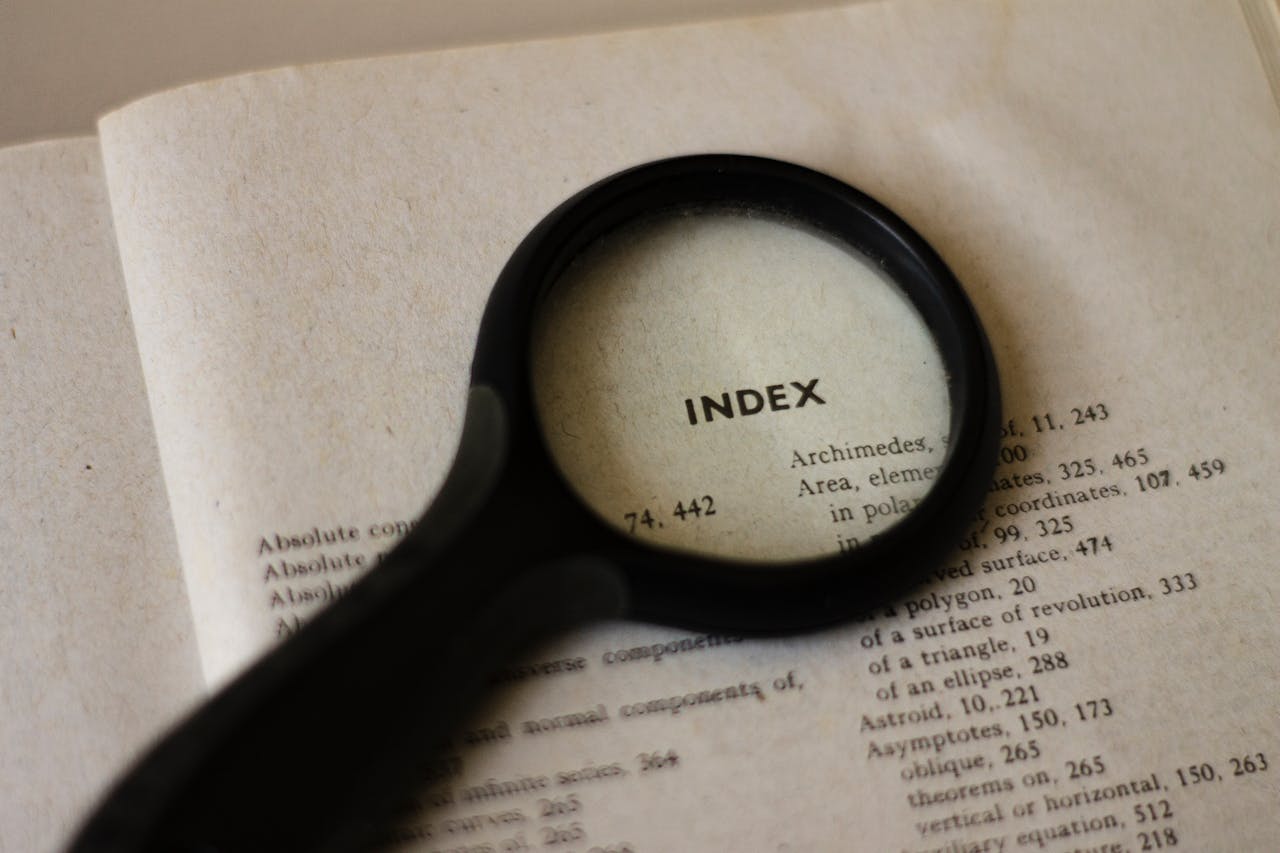Glossary

Here, we describe initialisms and jargon commonly used in the MAP (Minor-Attracted Person) community.
Minor-Attracted Person (MAP)
The original term describing a person with a preferential pattern of attraction to people below the age of majority (18). May also be interpreted as a sexual or romantic preference for those who have not yet finished puberty.
MAP has occasionally been extended to Non-Offending Minor-Attracted Person (NOMAP) or Anti-contact Non-Offending Minor-Attracted Person (ACNOMAP). A variation of MAP, YAP effectively references the same population by substituting "Youth".
MAPs are signified by a map (🗺️) symbol, MAP Flag (see below), or Mu symbol (μ).
See B4U-ACT, MD Edge, Yesmap, Radqueer, MAP-Wiki, MAP Resources.
Adult-Attracted Minor (AAM)
A controversial term intended to describe a person below the age of majority who experiences or expresses sexual, physical or romantic attraction towards a person above it. AAMs nevertheless exist, and are frequently acknowledged on social media.
See Yesmap and Urban Dictionary.
Pro-c, Neutral-c and Anti-c
Some MAPs, AAMs and allies choose to adopt consent-discourse labels to clarify their philosophy/stance on the ability of minors to consent.
Pro-c usually stands for pro-choice, or pro-consent, used by a person who does not advocate presently illegal contact, but believes it should become socially accepted in some way if voluntary.
Anti-c usually stands for anti-contact, and describes a person who is ethically opposed to the idea of sexual contact between adults and minors (AMSC).
Neutral-c describes a person who has not yet formed a strong opinion on the topic, refuses to engage in this discourse or finds it uncomfortable. Pro-reform has also been used to describe a person who wishes to see consent laws moderately liberalized.
See MAP Resources, Yesmap (linked series) and Radqueer.
Age of Attraction (AoA)
Age of Attraction, or AoA, is an established term used by MAPs and AAMs to describe their age preference. Typically, it is stated as a range, for example, 11-20, or 16-45.
MAP Flag

The MAP Flag most often refers to Stenna's flag-graphic design from 2018 (right), shared on Tumblr. There have been numerous derivative designs intended to represent different parts of the MAP Community, and others such as the Union MAP Flag with Mu symbol (the design Mu uses, first conceived in 2023).
See Wikipedia, Snopes and Yesmap.
Hebephile (as opposed to Pedophile)
Hebephilia is a type of preferential attraction to pubescent minors - those who are undergoing puberty (generally above age 10, no older than 14/15). If you have this attraction, you are a Hebephile.
Hebephilia is statistically far more common than Pedophilia, a preferential attraction to prepubescent children (generally age 10 or below). Those with the even rarer attraction to toddlers and infants are described as nepiophiles and infantophiles.
A more controversial term, Ephebophilia, exists for people who are attracted to sexually mature youth. It is very hard to distinguish this attraction from Teleiophilia, an attraction to adults.
See Wikipedia, and Wikipedia (Pedophilia). Please note that both the American Psychiatric Association and Yesmap currently disagree with Wikipedia's definition of pedophilia as necessarily disordered. The opinions of MAPs vary on this subject.
Adult-Minor Sexual Contact (AMSC)* [Endnote]
This term was introduced by Mu in 2024, as a value-neutral way of referring to relations that might arbitrarily be deemed "Child Sexual Abuse", despite their voluntary nature and some participants not being biological children.
Referring to some relations as AMSC is not an attempt to legitimize involuntary relations or sexual assaults. Instead, its use helps to remove harmful and outdated stigmas introduced by "statutory rape" and "sexual battery" laws that mischaracterize voluntary acts, and antiquated "sodomy" statutes that effectively portray oral sex on a young male as violent anal rape. This allows such contacts to be judged on a case-by-case basis, without unduly stigmatizing and traumatizing the younger participants, or indeed the adult.
The value-neutral approach was pioneered by Bruce Rind, a well-known psychologist and Kinseyan sexologist, in a series of papers following his 1998 meta-analysis.
Variations of the term are AMSR (to specify a relationship, or relations), or MMSC/MMSR (to specify that both partners are minors).
Prohibited Images of Minors (PIM)* [Endnote]
This term describes what has been commonly labelled "Child Porn" or "Kiddy Porn" since around the late 1970s. Recently, there has been a growing trend to use terms such as "Child Sexual Abuse Material" (CSAM) and CSEM to specify "exploitation" due to the fact that images of actual abuse being called "pornography" is problematic. These terms, however, are themselves problematic, as they refer to a wide range of content that doesn't necessarily involve abuse or exploitation. Many kinds of fictional content, such as Japanese lolicon and shota, or written stories, despite being produced without the involvement of minors, have been criminalized as obscene or exploitative in some countries. In addition, since the late 10s and 20s, the annual reports of the Internet Watch Foundation (IWF) have been consistently revealing that almost all material that does involve real minors is self-produced by teenagers. Although self-generated material covers a wide spectrum from extortion and abuse cases, to nudes voluntarily shared with a romantic peer, it is all equally illegal under the umbrella of CSAM. These observations leave both society and its anti-pornography eliminationists with a technically unsolvable problem, and widespread criminalization of youth.
While some have advocated sex-positive, pro-youth terminology such as "Youth Erotica", Mu has approved the more neutral term "Prohibited Images of Minors" (PIM) for use in its own editorial to describe the legality of images without making any assumptions about the ethics, or lack of, involved in their production and distribution.
First, Second and Third-wave
First-wave MAPs and their initiatives were seen between the 1950s (predominantly the 1970s) and the 1990s. Organizations such as Enclave, NAMBLA, MARTIJN, Project TRUTH and PIE slanted towards a hebephilic Boy Lover base and were strongly pro-c.
Second-wave MAPs and their initiatives began after first-wave MAPs were formally disbarred from the LGBT Movement, and soon went online. They then began to use the term "Minor-Attracted Person" itself, and started to focus more on the fact they were non-offending (later described as NOMAPs). The best-known example of a second-wave initiative is B4U-ACT, founded in 2003, but others such as the ANU Blog and Virped have existed.
Third-wave MAPs first emerged between 2016 and 2018 as a reaction of younger MAPs to Virped and B4U-ACT's astonishing but limited successes. They were seen on networking sites such as Tumblr, DeviantArt, Discord, X (Twitter) and Fediverse. Third-wave MAPs were the first to court considerable public controversy in the internet era by building on the MAP Identity and designing flags. Starting off heavily anti-c, the third wave has evolved and diversified somewhat since these beginnings, and is slowly becoming a mass-movement with organizations such as MEDAL and Mu.
Boy Lovers and Girl Lovers (BL/GL)
These are simple, long-standing terms for MAPs who have a sexual or romantic preference for either male or female minors.
Other terms such as Enby Lover (EL) describe attractions to gender non-binary kids.
Adult Friend and Young Friend (AF/YF)
These terms (abbreviated AF and YF) are again, long-standing identifiers for participants in MAP and AAM relationships, or just relations between older and younger people. Their use does not always imply the relationship has an erotic component.
Anti or Anti-MAP
The term "anti" has long been used in the MAP community to describe a person motivated by their hate towards MAPs or disapproval of MAP identities.
It is similarly used within paraphile communities and fandoms to describe individuals who are hostile to those attractions and artists (e.g. "fantis" = "fandom antis").
Normie is a more general term for someone who is passively negative towards MAPs through lack of education or not experiencing minor attraction. Normies might be persuadable under some circumstances.
Non-offending community
When MAPs say their community is "non-offending", they describe the fact that its purpose is not to facilitate sex crimes against children or minors. While dark web applications are generally used for trading PIM, there is very little incentive for offending on the open clear net (where we are now).
Relatively low levels of offending in the clear net MAP community stand in stark contrast to high levels of sexual offending against children among "anti-pedophile" vigilantes and conspiracy theorists.
See Yesmap.
Paraphilia
Paraphilia is a historical medical/psychiatric term for any uncommon/atypical sexual interest. Paraphilias such as sadism, masochism, objectophilias and zoophilia are widely known, yet there is an increasingly visible community of people who identify as proud paraphiles.
There exists nuanced disagreement within the MAP community over what attractions to minors might be considered paraphilic.
The harmfulness (or otherwise) of certain paraphilias when acted upon is a topic of debate within the paraphile community and various online fandoms.
Stigmatized MAP Ally, Researcher or Therapist (SMART) [Endnote]
Mu considers certain individuals adjacent to the MAP community to be either allies, or important educators, researchers or therapists. At the same time, many of these people have faced anti-MAP stigma and libel, including very real threats to their safety.
We need a better support network for individuals who are willing to risk their careers to combat anti-MAP stigma by taking even a neutral stand. For us that means more collaboration, and a better linguistic framework for interpreting these challenges.
Normalization, Grooming and Safeguarding
Various terms, all of them originally neutral and nonpartisan, have been adopted by right-wing and radical feminist ideologues to malign minor-attracted and trans people over the last decade or so.
The idea that "pedophilia is being normalized" rests on the false charge that modern LGBTQ+ communities are particularly accepting of MAPs. "Normalization" discourse also relies on assumptions that MAPs are not only "freakish" and "abnormal", but must necessarily be seen as "normal" to gain some social acceptance. The idea of "humanizing" MAPs similarly rests on the harmful and false assumption that MAPs are somehow subhuman.
See Wikipedia, Wikipedia and Yesmap.
LGBTP, HeartProgress, Love Has No Age, Clovergender, Rapesexual, Biastomap, Pedosadist, Pedosexual [Endnote]
Libel-labels were circulated in the 2010s right-wing counterculture to cause deliberate harm to LGBTQ+ people and to trivialize/misrepresent the MAP community, which had less of a voice at the time. Troll groups such as 4chan and its spin-offs were involved in the campaigns. As a result of this disinformation, even some LGBTQ people still incorrectly claim that MAPs are seeking to "infiltrate" their own community, inadvertently promoting the idea their community is full of "abusers". Validating fake identities also discourages potential alliances between LGBTQ+ people and queer MAPs by seeding distrust, making it harder for MAPs to safely come out within LGBTQ+ spaces.
At the same time, we must not deny the existence of kinky or paraphilic MAPs, just as people throughout society might be kinky or paraphilic. Some of the above mentioned labels, and others such as "agefluid" for example, might sometimes be used on fediverse sites, meaning their earnest use overlaps with known hoaxes. Innocuous and previously used LGBT labels/slogans such as "love is love", are also occasionally used as hoax trigger phrases in relation to minor-attraction or love involving mentally impaired people. A good "rule of thumb" is that if it sounds aggressively "creepy" within its context, it's probably a hoax. This is why it is important to understand context and intended audience when assessing MAP media as presented within the mainstream.
See Yesmap, Reuters (1, 2, 3) and Snopes. 4chan adoption of some of these labels; see also RationalWiki. The "fine line" between hoax and pride-identity is demonstrated by the "Aptomap" controversy, in which a Fediverse user coined "Aptomap" as a paraphilia for grooming children. The admin of the instance insisted this was a serious identity and even designed/promoted a special flag for it, only to censor and ban the coiner later on, for his deliberately provocative behavior.
Endnote
Terms marked with the asterisk were suggested by Brian Ribbon, who similarly introduced the virtually unheard of "Minor-Attracted Person" via his blog in 2007. Both "AMSC" and "PIM" were accepted by the Mu Committee in 2024, and will be used as shorthand in its editorial copy. Another term - "SMART" for allies, researchers, therapists and educators was introduced on Mu's launch.
Pedosexuality has been used by authors such as Dr Frans Gieles to distinguish pedophilic sexual behavior from pedophilia, an attraction. Some MAP community members instead use it to describe the attraction. More visible use of Pedosexual as an identity trends towards right-wing hoaxes.
[Take me back to AMSC, PIM, SMART and Pedosexual]
